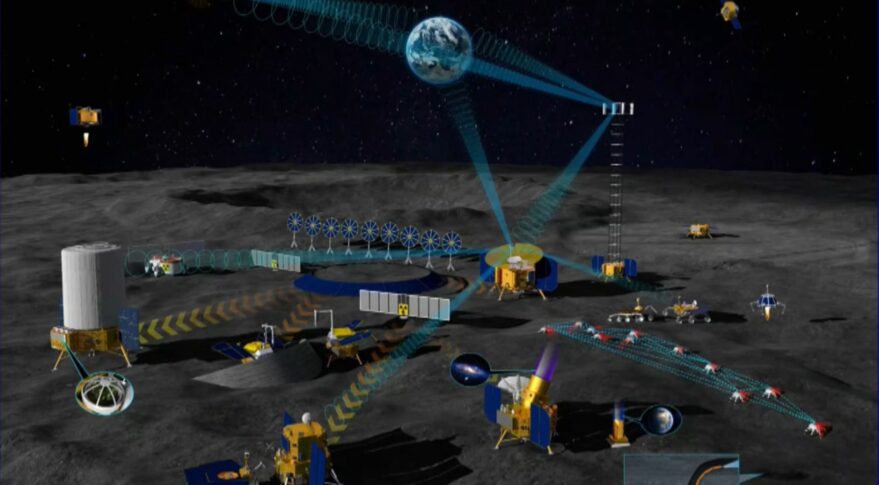
HELSINKI — China has laid out its pathway for robotic and crewed lunar and deep space exploration, with a number of missions building towards a permanent moon base.
Three upcoming robotic missions will set in place landers, orbiters, relay satellites and test key technologies needed to begin construction of China’s International Lunar Research Station (ILRS) in the 2030s.
While China is now planning a short-term crewed lunar landing mission before the end of the decade, ILRS will initially be a robotic base that will be permanently habitable after 2035.
China is currently working towards launch of the Chang’e-6, 7 and 8 mission in the coming years to set the stage of the larger moon base initiative, senior space official Wu Weiren told China Central Television (CCTV) after the conclusion of the four-day United Nations/China Global Partnership Workshop on Space Exploration and Innovation in Haikou on the island province of Hainan on Nov. 24.
Chang’e-6, a backup to the successful 2020 Chang’e-5 lunar sample return, will attempt to collect up to two kilograms of material from the South Pole-Aitken Basin on the lunar far side in 2026. The landing is expected to take place at a similar latitude to the 2019 Chang’e-4 landing in Von Karman crater due to engineering constraints.
A new lunar relay satellite will also be launched to facilitate communications with missions targeting the vicinity of the south pole of the moon. Chang’e-7 will launch around 2026 and consist of an orbiter, lander, rover and “mini flying detector,” to study the lunar topography, material composition and environment, with the latter spacecraft to look for the presence of water-ice.
The mission will aim to investigate permanently shadowed areas at the lunar south pole and both the U.S. and China have overlapping target landing areas in the region.

You must be logged in to post a comment.